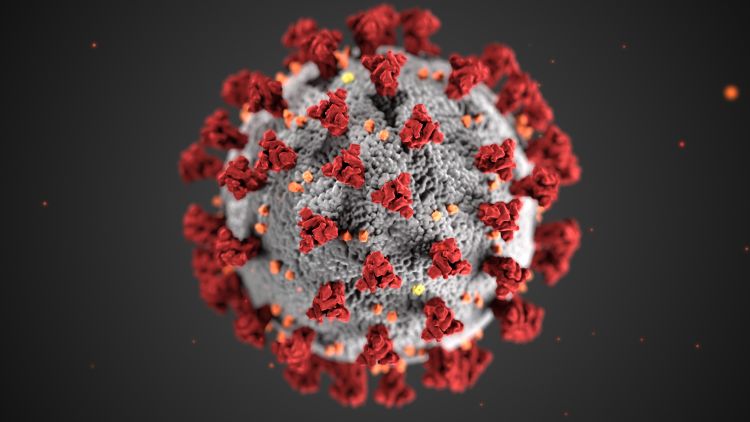DOM COVID-19 Journal Club: Effect of high vs low doses of chloroquine diphosphate as adjunctive therapy for patients hospitalized with severe acute respiratory syndrome coronavirus 2 (SARS-CoV-2) infection

Purpose: ChloroCovid-19 was a Phase IIB clinical trial designed to study if chloroquine is safe and effective in treating severe COVID-19.1 The trial was stopped after an interim analysis due to safety concerns associated with high-dose chloroquine.
Study Design: Patients with severe COVID-19 were enrolled at a tertiary care hospital in Brazil. Participants were randomized to two groups: high-dose chloroquine (600mg twice daily) or low-dose chloroquine (450mg once daily). The authors sought to enroll 440 participants in order to be sufficiently powered to detect a reduction in mortality from an estimated 20% in the low-dose group to an estimated 10% in the high-dose group.
Conclusions: After enrolling 81 participants, an interim analysis revealed that the high-dose group had higher mortality (39% vs 15%) and more QTc prolongation (18.9% vs 11.1%) as compared to the low-dose group. The trial was stopped at this point due to safety concerns. Further analyses of the data showed no association between chloroquine dose and death when correcting for age, or when only considering critically ill patients.
Limitations: The two groups of patients may not have been ideally matched; the high-dose group had a slightly higher average age, and more patients in this group had hypertension or heart disease. In addition, all patients were also being given azithromycin and a majority were on oseltamivir, both of which could contribute to QTc prolongation. Finally, due to the compassionate use of chloroquine for COVID-19, it would have been unethical for the authors to study efficacy per se, i.e., by comparing to placebo.
Context: This study was initiated after several lines of investigation suggested chloroquine may have anti-inflammatory and anti-viral effects that would be beneficial for patients with severe COVID-19. Early in vitro experiments showed anti-viral effects, preliminary findings from clinical trials in China suggested a benefit2, and a small study in France reported that combining chloroquine and azithromycin reduced viral carriage.3 The use of chloroquine at 500mg twice daily was recommended in Chinese national guidelines in mid-March.2 However, there was still a paucity of adequately powered, published clinical trial data on the use of chloroquine or hydroxychloroquine in COVID-19. This study sought to address that gap in knowledge.
References:
- Borba M et al. Effect of High vs Low Doses of Chloroquine Diphosphate as Adjunctive Therapy for Patients Hospitalized With Severe Acute Respiratory Syndrome Coronavirus 2 (SARS-CoV-2) Infection. JAMA Netw Open. 2020;3(4):e208857.
- Gao J et al. Breakthrough: Chloroquine phosphate has shown apparent efficacy in treatment of COVID-19 associated pneumonia in clinical studies. Biosci Trends. 2020 Mar 16;14(1):72-73.
- Gautret et al. Hydroxychloroquine and azithromycin as a treatment of COVID-19: results of an open-label non-randomized clinical trial. Int J Antimicrob Agents. 2020:105949.
The Department of Medicine COVID-19 Journal Club is dedicated to understanding and applying data on COVID-19 to inform prevention and management efforts for healthcare workers and patients.
This article by Richard Merkhofer, PhD, student in the University of Wisconsin School of Medicine and Public Health Medical Scientist Training Program. Reviewed by Nasia Safdar, MD, PhD, professor, Infectious Disease, vice chair for research, Department of Medicine.
Banner image: Centers for Disease Control and Prevention image library